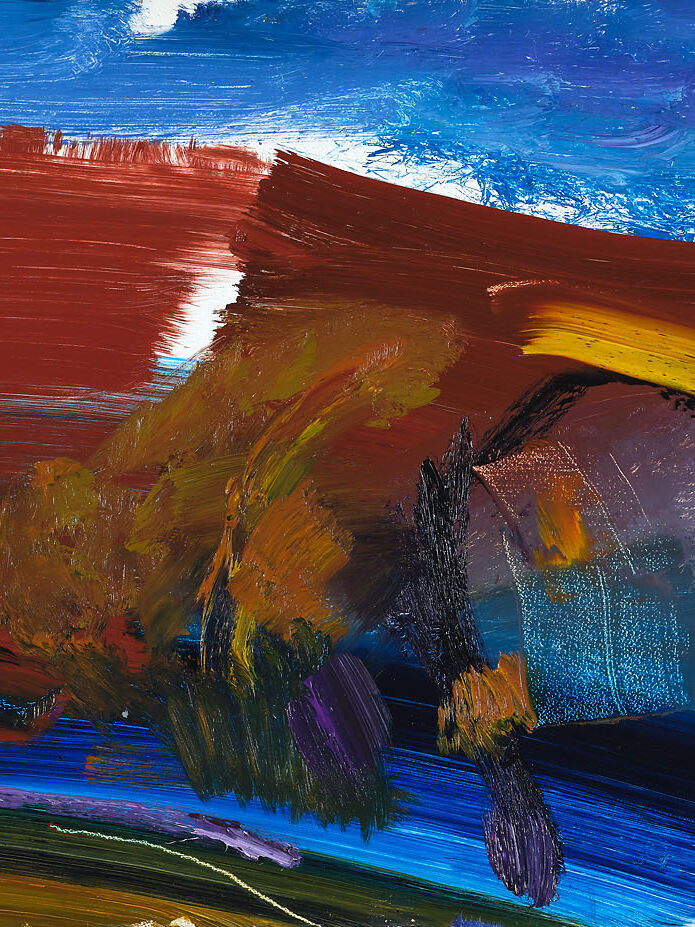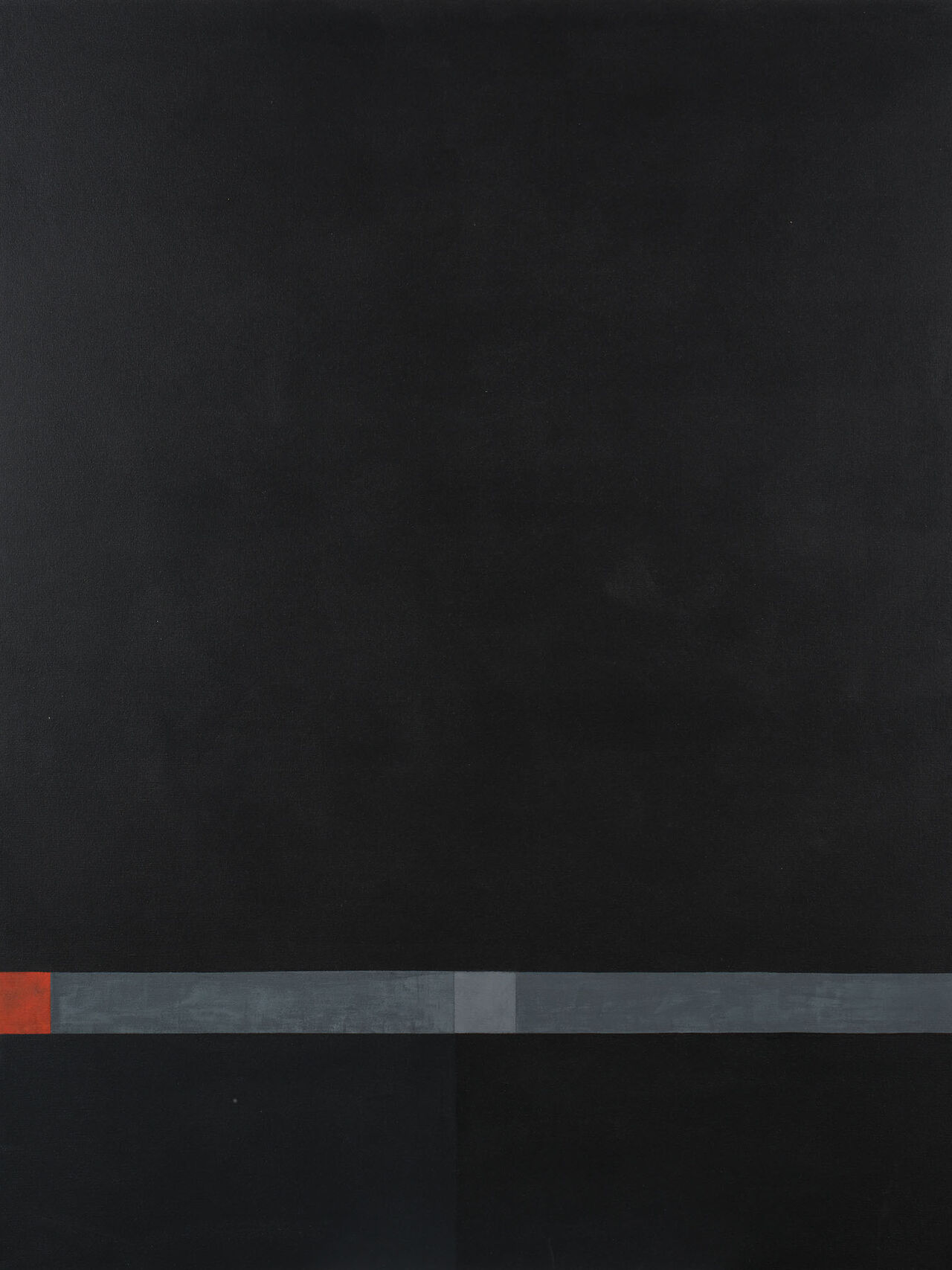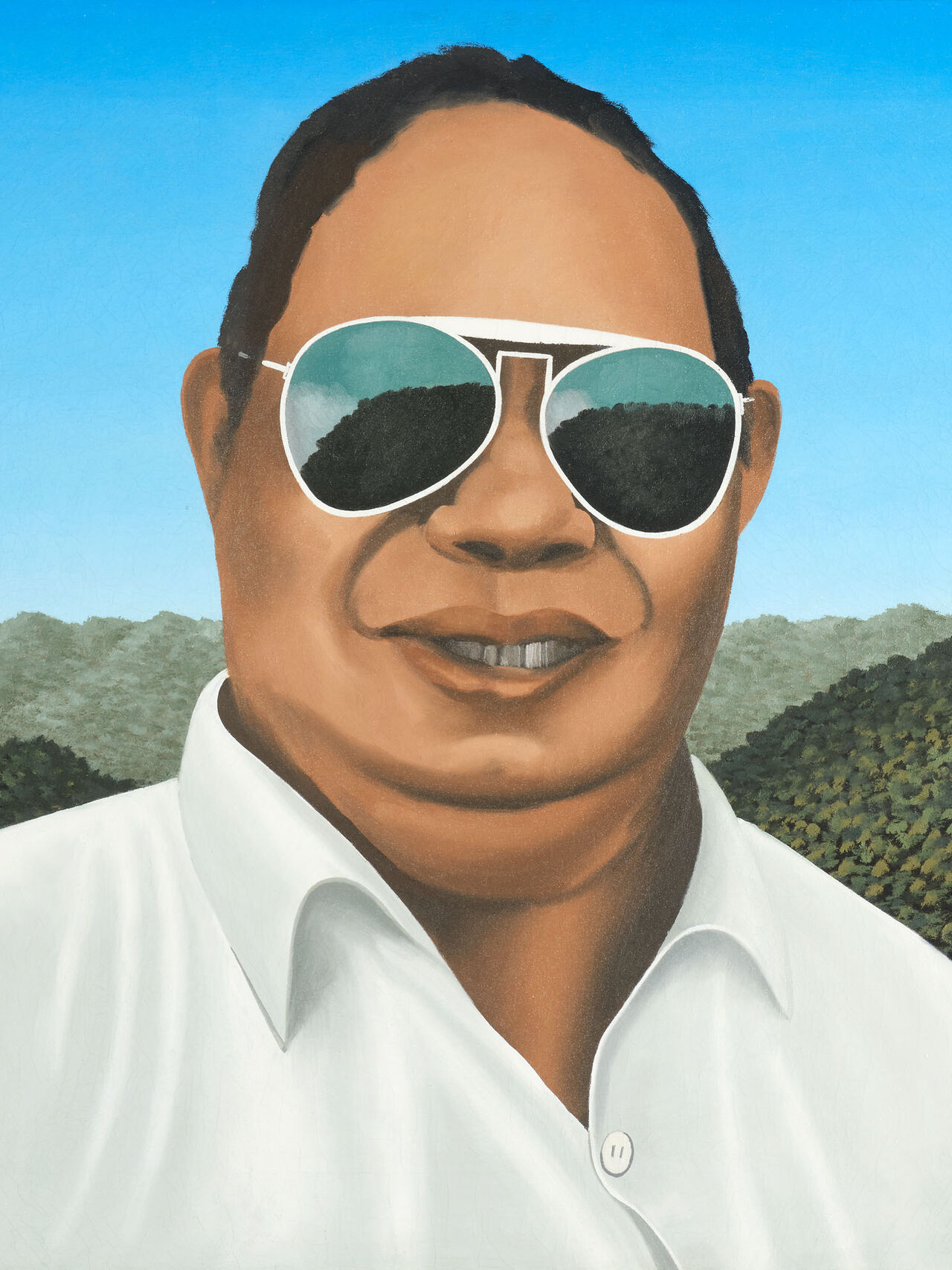Peter Peryer: Bridging Worlds
Gavin Hipkins
Essays
Posted on 19 February 2025
A collection of Peter Peryer photographs demonstrates that the individual images contribute to a holistic experience of a uniquely lived and witnessed world. Spanning four decades of astute observation, Peryer’s worldmaking is built fundamentally on noticing the things around him. These things are always filtered through an awareness of how people, landscapes and artefacts translate through the photographic medium.
His visual language is a knowing blend of modernist abstraction, textural expressionism, and vernacular acuity. Commencing in the 1970s, Peryer’s practice bridges movements and trends in New Zealand’s photography histories. His enduring early work navigated the 1970s zeitgeist of essentialising nudes and moody landscapes (encapsulated in the important touring exhibition The Active Eye launched in 1975). Working beyond this period’s (naïve) expressive traits, Peryer developed a sustainable photographic language that relied on close observation: constructing images was as necessary to his photographic method as the discovery of subjects through travelling and everyday discovery.
An irreverently playful attitude towards subjects meant that Peryer would alter a scene to shape an impression/memory of that object and his sense of its place in the world. For example, the photographer swept the intersecting paths surrounding the raised flower bed in Frozen Flame (1982) before he ascended a ladder—seeking a view to exaggerate the diagonal composition while fragmenting the garden from a wider landscape.
On another excursion, for New Zealand 15.3.1991 (1991), Peryer returned to a school playground with chalk in hand to touch up scratches on a painted map of Aotearoa: the purpose of ‘cleaning up’ the map was to support the very plausibility of an illusion of our country as if viewed from a distant satellite. A desire to alter, even manicure, potential subjects enfolded scenes and still lives within the artist’s unifying aesthetic. His coherent photographic style frequently identified the textural in subjects while building poetic connections between images across years of prolific production.

Above image:
Peter Peryer
Laurence Aberhart, Waitara
2010
The importance of the local in these photos suggests a wry nationalist rhetoric. An understanding of Pākehā mythmaking is evident in Peryer’s relationship to whenua throughout his oeuvre. Photographs of land reference New Zealand art histories through subject choices and his titling of individual prints (including using the title Frozen Flame). No doubt a rural upbringing affected the artist’s inquisitive relationship with land, animals, and death: we see interconnected motifs repeatedly across the decades, from the famous bloated cow in Dead Steer (1987) to the latter picture of trophy hides strung over a barbed wire fence in Two Goats (2007).
Shifting from analogue to digital technologies, Peryer remained enthralled by the possibilities of how the camera renders subjects into pictures. This enthusiasm for photographic processes and his dogged pursuit of transcribing the world through an idiosyncratic style was infectious. Peryer’s willingness to discuss photography and share his fascination with his favourite subjects was compelling. While in my second year of a Bachelor of Fine Arts degree at Elam School of Fine Arts, in 1988, Peryer visited the photography department to share anecdotes behind select photos (I would hear these stories again and again over the following years). Describing his approach to photography and reflections around individual images was uncomplicated for Peryer as a photographer, educator and entertainer. His willingness to frame pictures through the personal reflects a jocular yet empathetic worldmaking. A persistent relationship formed through a deep understanding of the importance of having a place to stand.


